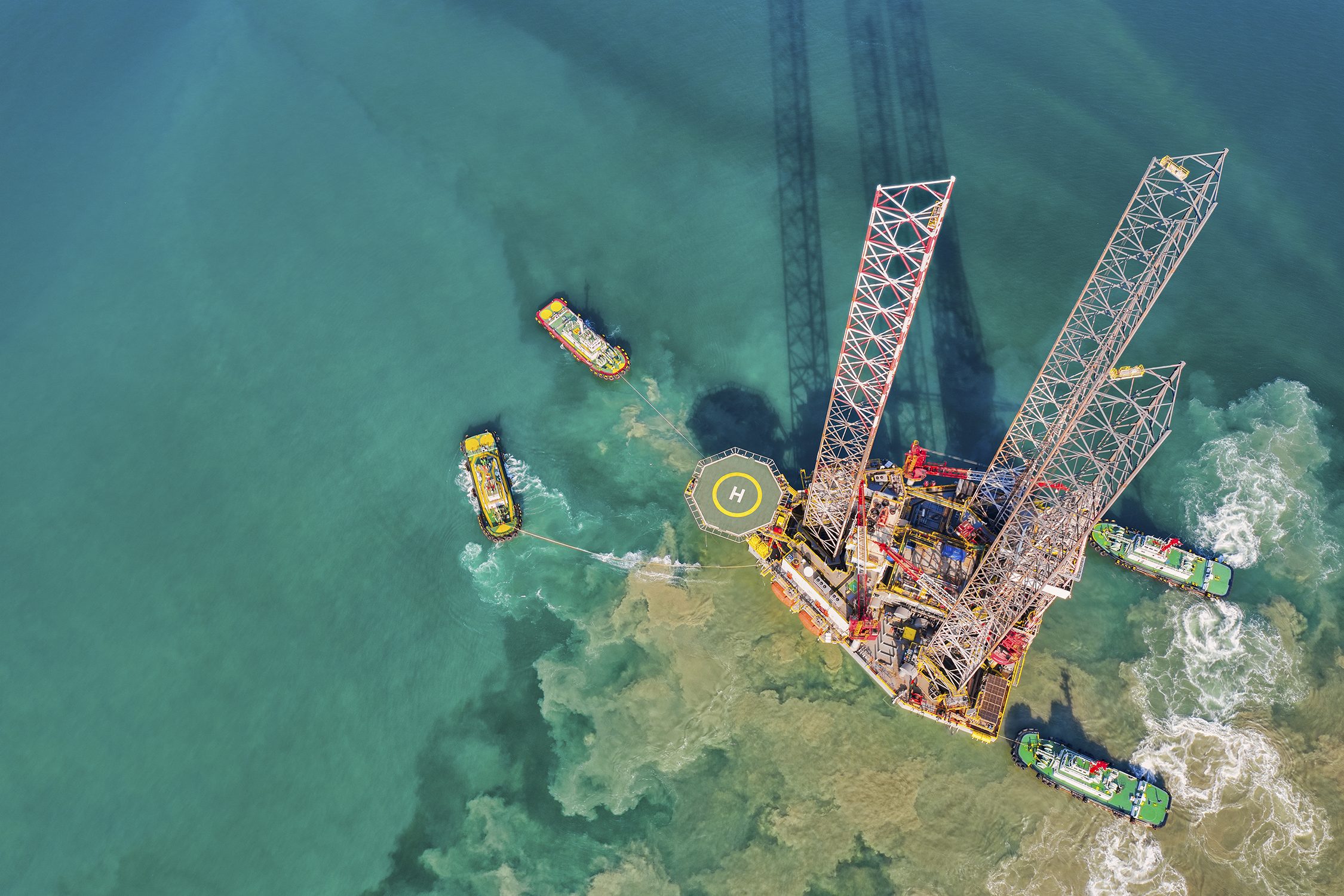Many corporate security teams successfully manage the security effects of ESG risks. But by taking a more strategic approach, there is an opportunity to contribute to board-level discussions and elevate your role. Cvete Koneska, Head of Advisory, explores the possibilities.
With environmental, social and governance (ESG) issues climbing to the top of corporate agendas, ESG has inevitably emerged on the agenda of security and risk teams, too.
For example, security teams increasingly factor in climate risks when assessing locations prone to severe weather, since floods or wildfires can directly threaten the security of employees and facilities. Similarly, social risks are an integral part of the risk landscape in locations where relations with local communities and labour are complex.
This tactical approach – managing the security effects of ESG risks, such as climate events or labour risks – is an excellent first step and will always be necessary.
However, there is an opportunity here for you to offer even more value to your organisation and to influence its direction, by taking a more strategic approach to ESG issues.
What is a strategic approach to ESG?
This means considering ESG issues as key drivers of risk and opportunity that will shape the risk landscape for your company. Whether it is a sudden turn towards renewable or nuclear energy in fossil-fuel-dependent sectors or a growing trend towards human rights diligence in supply chains, these trends will shape the business environment. They need to inform your risk approach and calculus and be embedded into the very foundations of your risk models and thinking.
Your company strategy already tackles ESG issues. But this is not enough. A more strategic approach is required from the corporate security function, for two reasons.
First, it will enable you to better manage risks for your organisation.
Armed with a broader scope of risks and a better understanding of how they shape the business and operational environment, it will be easier to anticipate specific threats and their implications. This means lower risks and ultimately more opportunities for your organisation across all its markets. And on a personal level, it will be easier to take a proactive approach to risk management and to be in control of your brief.
Secondly, there is an opportunity to gain a higher profile internally, both for you personally and for your team.
ESG is a strategic issue for your company. Business leaders are probably already integrating ESG factors in the business strategy, so it would make sense for you to take a strategic approach too. By leading on an issue that’s important to your company you’ll elevate your role and gain the board’s attention, which is something that security teams consistently tell us they want.
Overcoming the barriers to strategic thinking
There are good reasons why this may not have happened in the past.
It’s always difficult to take a step away from the daily, immediate pressures of the job to consider more strategic risks and market trends. ESG issues are no exception.
In addition, there is no set place for ESG topics in the corporate hierarchy, with ESG spanning strategy, senior management, legal and compliance teams. As a result, risk and security teams often do not get a seat in these important conversations – missing a huge opportunity.
Despite these obstacles, being strategic about ESG is imperative if you are to demonstrate the value you can bring to the business and its efforts to achieve its ESG targets. And, with the right tools and approach, it doesn’t need to be a time-consuming or complex task.
It primarily requires a change in approach as you define risks, adopting a broader perspective that includes ESG and widening your lens to capture risk drivers that traditionally sat outside security and political risk.
And as my colleague Joseph Briefel explains in his guide to prioritising your ESG risks, you already have a good starting point: Your company’s existing ESG or sustainability strategy.
Your senior management has probably already set a strategic direction for your organisation in the next few years. Begin by aligning your priorities to these.
In practice, the organisation and sector in which you work will, to some extent, dictate the ESG factors most important to your security and risk team. For instance, regional and global trends in decarbonisation and the net-zero transition will be critical for companies in the energy and renewables sectors, as well as those in energy-intensive industries. Understanding the EU’s regulations and taxonomy on green activities and energy will, therefore, be key and a fundamental risk driver for the next several years.
Similarly, movements to legislate supply chain due diligence will disproportionately impact organisations reliant on complex global supply chains. If your organisation is one of them, then this may be an ESG issue to integrate into your horizon scanning and regular monitoring.
You do not have to do this alone. Dragonfly’s advisory team can work with you, to help you broaden your strategic approach to risk and intelligence to encompass ESG/sustainability factors. We can:
- Help you develop more robust, ESG-informed risk models
- Assist you in adapting existing risk frameworks to ESG requirements
- Provide you with regular intelligence on evolving strategic and ESG risk drivers in key markets or globally
And more.
Our advisory services are always completely bespoke, designed to answer the questions most important to your senior decision-makers. And the forward-looking, novel insights you’ll receive can be brought to the board to enable better risk management and decision-making at the highest level.
With this more strategic approach, you will be able to demonstrate the value you and your team bring to the organisation while raising your profile, opening more opportunities to join conversations on strategic business topics.
Cvete Koneska is Head of Advisory at Dragonfly. She works alongside risk, security and leadership teams to equip them with the necessary data, analysis and intelligence to make difficult decisions.
Image: Aerial view of oil rig being moved in Singapore. Photo by chain45154 via Getty Images.



